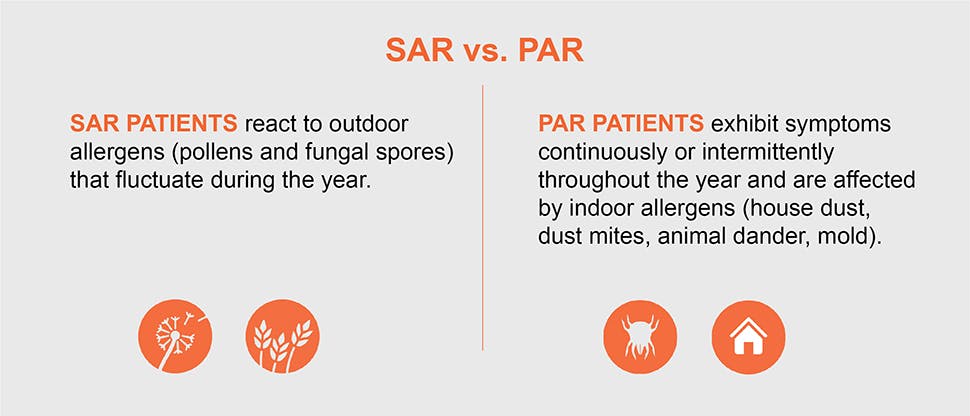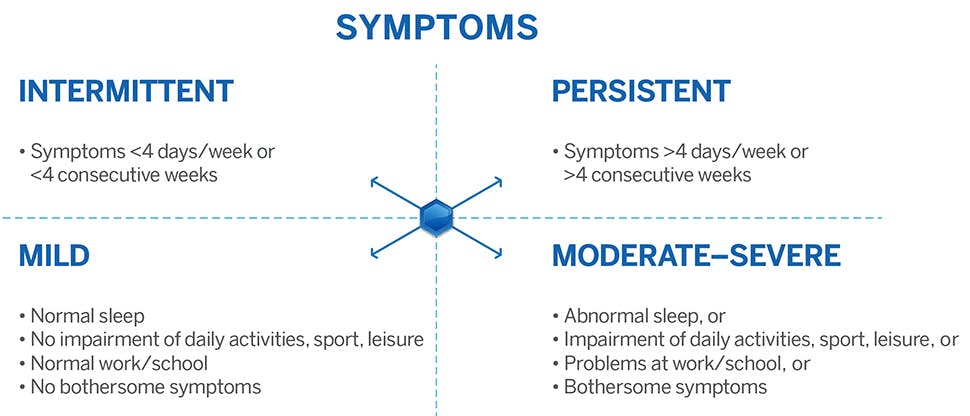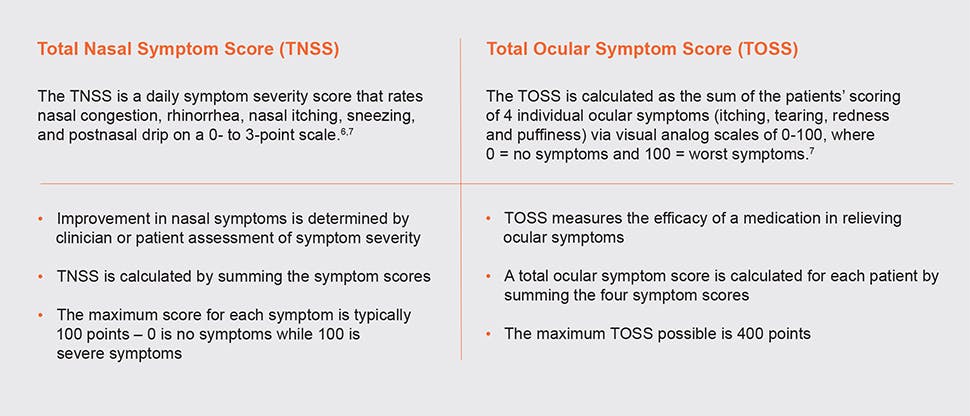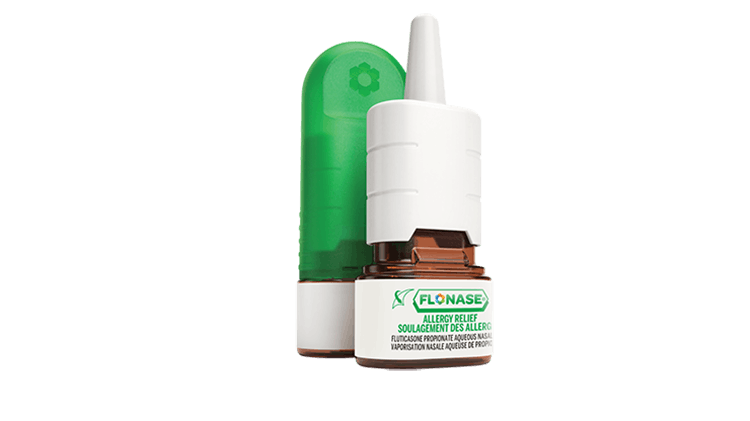Diagnosis

Seasonal allergic rhinitis (SAR) vs perennial allergic rhinitis (PAR)

Allergic rhinitis (AR) can be either seasonal or perennial (i.e., year-round) in duration.1
SAR and PAR can be distinguished based on the allergens that trigger symptoms, by how long the symptoms last, and by what time of year the symptoms occur at.1
PAR patients will require allergy medications for symptom management throughout the year, while SAR patients will require allergy medications predominantly around pollen allergy seasons with trees pollinating in the spring, grass in the summer and weeds in the fall. Advise SAR patients about the start and end of the allergy season, which may vary depending on where they live across the country2-4:
- BC - February until September
- Prairies - April until September
- Ontario & Quebec - April until first frost
- Maritimes - March until September
Classification of AR

Classification of allergic rhinitis
International guidelines (i.e. ARIA) suggest that the classification system for AR now goes beyond just the pattern of symptoms with seasonal and perennial and includes a subdivision of intermittent (IAR) or persistent (PER) disease. The severity of AR is classified as mild or moderate/severe depending on symptoms and quality of life.5
Diagnostic tools

Diagnostic tools
The TNSS and TOSS can be used to further evaluate the severity of nasal and ocular symptoms, respectively, through a standardized scoring system.6,7





